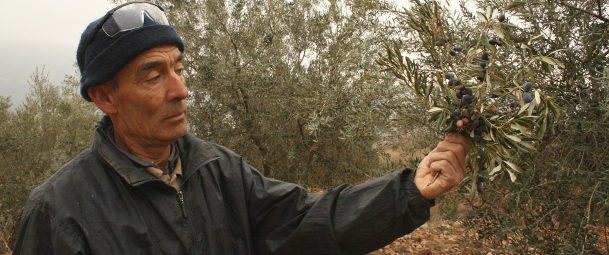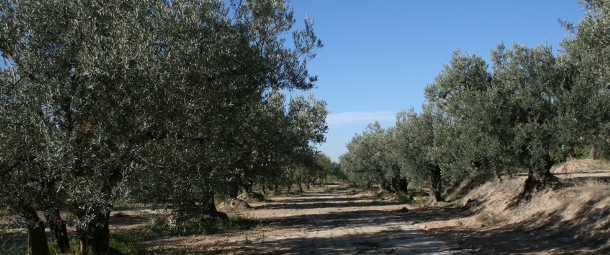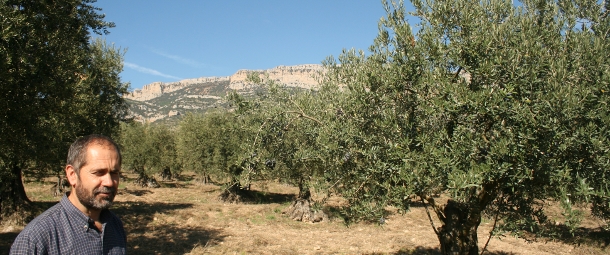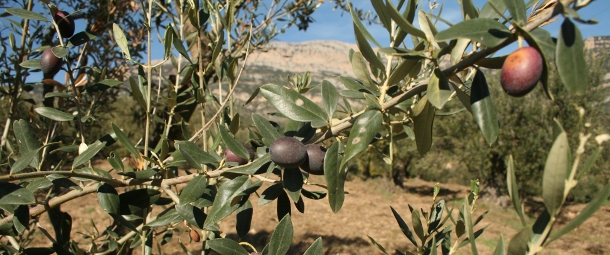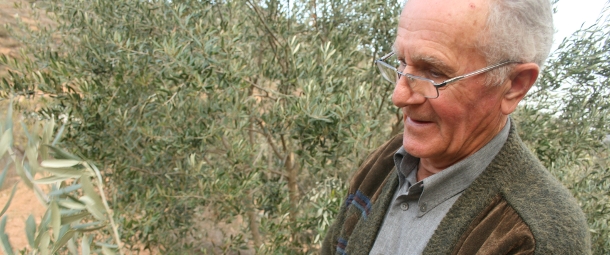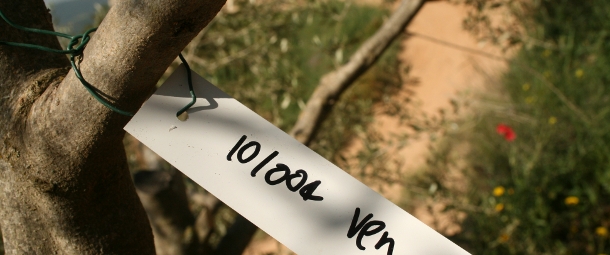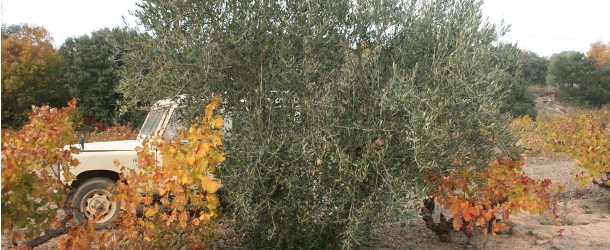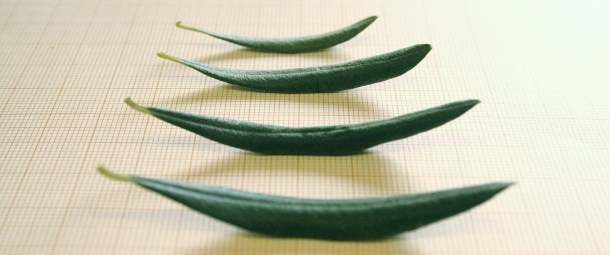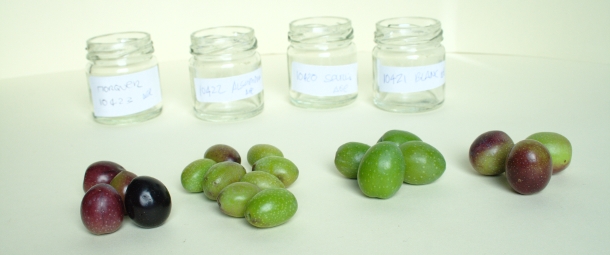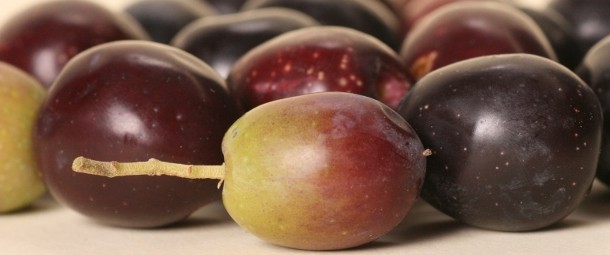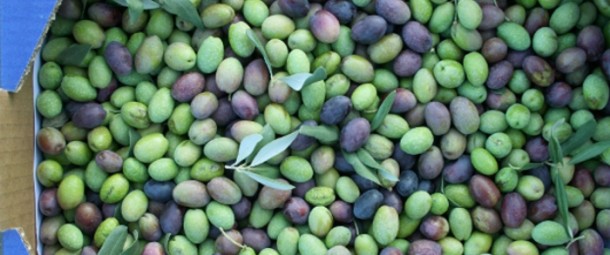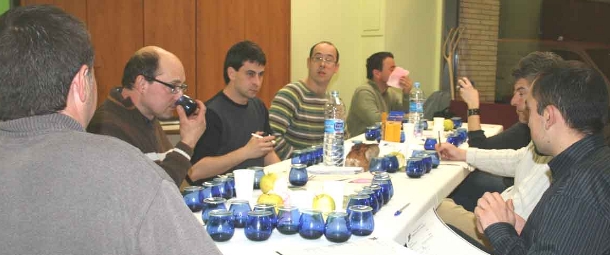research
At the end of 2007, we started prospecting in the region of Noguera. We did a broadly, trying to pick varieties and knowledge of all possible species and without much idea of the photograph ended up revealing. Shortly we thought discover the variety of olive plantations hosting, or their age, much less, differences existing local.
The basis of the research were the oldest farmers, responsible for maintaining these plantations upstream and against the market and share with us your knowledge. Thanks to them, we could distinguish more than thirty varieties so far.
prospecting
Noguera (land of rivers) extends from the plane to the ridges of Lleida Montsec and is crossed by major rivers to discover the Pyrenees, on its way, complex topography of land with ancient orchards, new irrigation and dryland moisture and changing heights.
South, orchards Segre and Noguera Ribagorçana juxtaposed in the lands of Urgell canal, creating unfavorable conditions for growing traditional oliver, that only survived in small hills. There are olive trees that are basically Arbequí and Verdiell.
The middle the region represents a transitional space with moderately rugged terrain, and mainly dry farmland situated between 300 and the 500 metres. They are spaces that contain a significant collection of historical varieties selected by farmers.
- On the western side, There are areas that were susceptible to the expansion of Arbequina and where this majority is already there for centuries. Coexists with older varieties secondary ranging and increase the further north we. The most common are the Verdiell, the Bequeruda, Manzanilla and various homonyms Grossals. Others are local Bold, Morcaire, Negriell, Follut, White Bear of the Bear of Sarrut.
- In the central strip, The main variety is Verdiell a total domination from Camarasa to Artesa de Segre. Amid Verdiell plantations there are also rare varieties like Bequeruda, Manzanilla, Grossa i Gravell.
- In the eastern half Segre and the main varieties are Gravelles and Corbiell, combined with Verdiell, Arbequina and Valencia.
The upper area Noguera is formed by the towns closest to the Montsec. Farmlands reach 1000 metres, between forest land and relief in variables that give rise to a system of interconnecting valleys historically bad. Drylands are basically of a more humid and cold, unrelated to the expansion of Arbequina and a selection essentially local.
- In the Montsec d'Ares, Traditional varieties are the main Sarris, the MORQUER and the White Almond. The name Roget includes two varieties and there are also different types of olive Grossals, and the Salzenca Verdiell.
- In Montsec de Rubies consider varieties Little, Bequerut Vilanova as major. Others are less widely used Aulivera, Position of the, the Santa Maria, of the Peralba and Verdiell.
TOTAL VARIETY DIFFERENTIATED:
Aragonese – Arbequí – Auliver – White Ametlla – White Bear – Bequerut – Bequerut Vilanova – Corbiell – From Position – Gravell – Flower Málaga – Follut (2) – Grossal (3) – Manzanilla – slight – Morcaire (2) – Morquer – Negriell – bold – Peralba – Rogeta – Roget of Régola – Salsenc – Santa Maria – Sarrut – Sarris bone – Seville – Valencia – * No references (9)
Conservation and study of the varieties
Once located in the countryside, take care to study their morphological varieties in order to ensure that they are truly original, looking for possible homonyms and synonyms from existing literature. In cases of doubt leave pending DNA analysis. Anyway, multiply a small number of copies of each variety and planted a cabbage·Collection preservation.
Micro would
Over four crops (2008-2011) Small samples of oils obtained from most varieties conservation. These tasks have been developed thanks to the services of the laboratory of Food Science and Technology School of Agronomy of the University of Lleida.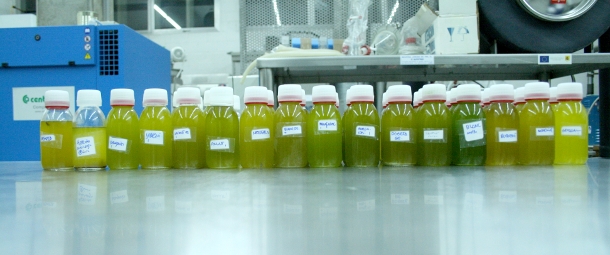
Press
A portion of the samples are evaluated by an interdisciplinary group formed by co-tasting·Contributors from the fields of gastronomy, Mills and professional tasters. The results are used to guide the selection of some varieties that do limited editions experimental oils. So far have oil varieties Sarris (2009-2011), Rogeta (2009-2010) i Blanc (2010). Finally, these oils are sent to the Oil Tasting Panel of Catalonia.
Yield and chemical analysis
The rest of the samples taken is dedicated to the study and performance analysis of the chemical composition. We want to determine the proportions of fatty acids, profiles of antioxidants (polyphenols) Vitamin E and the amounts of each of the varieties. Also indicators that tell us about your estabilitat.WAI_LIAN_CONTENT_1

